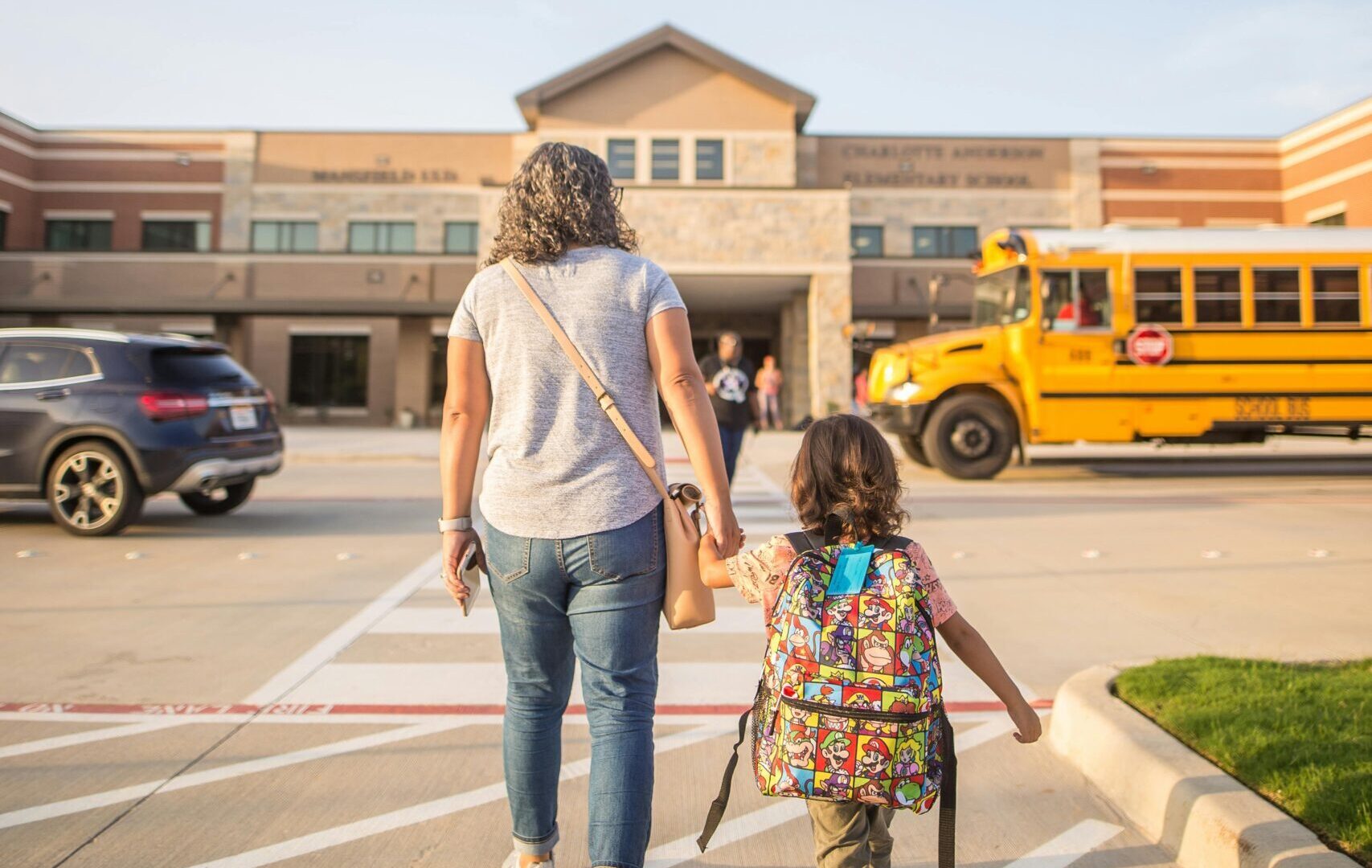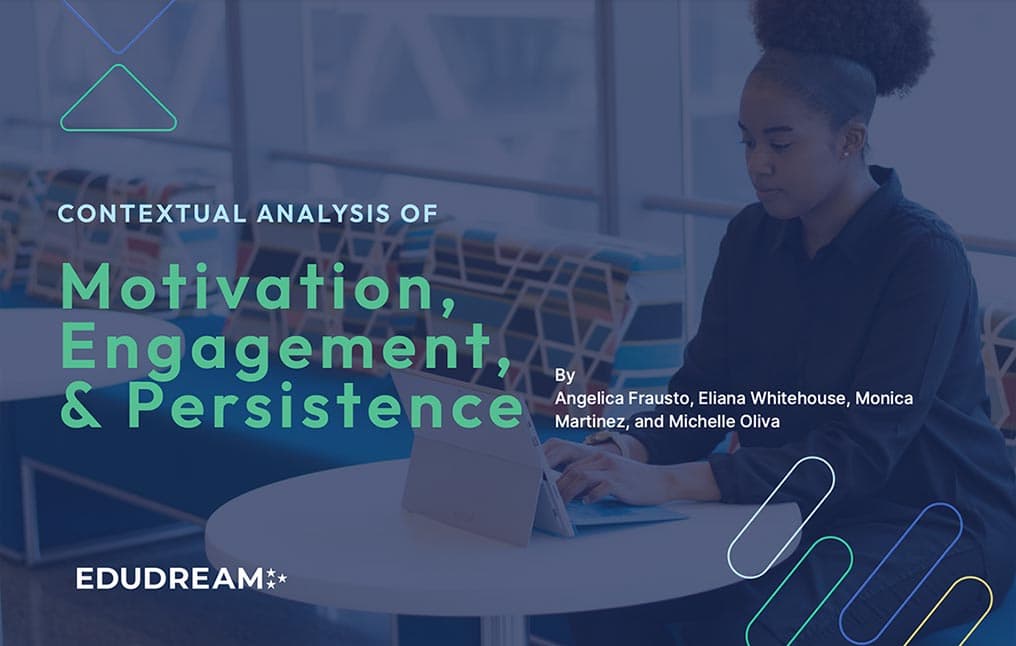Across the United States, August and September mark the start of a new school year. This annual event sparks joy and excitement for some students and evokes indifference and even despair for others. The spark or desire to do something, like go to school, can be defined as motivation, a predictor of learning and achievement. In the aftermath of the pandemic, educators report substantial drops in student motivation and declining formative and summative assessment outcomes show students are behind in learning across grade levels.
If the goal is to recover from pandemic learning loss, we must understand the many factors that impact motivation and use evidence to rethink learning. Earlier this year, EduDream published a series of reports on student motivation. Below, we offer a preview of key takeaways from that research and some immediate action steps district and school leaders can take after reading this article.
Concerns about student motivation pre-date the pandemic.
In a 2014 Education Week survey, 60% of educators believed their students were not engaged and motivated to learn. That same year, 47% of the students polled by Gallup reported not being engaged in school. Low student motivation skyrocketed with the shift to remote learning at the start of the pandemic and the trauma of over 1 million US COVID-19 deaths. By 2021, 87% of educators viewed students as less motivated than in prior years. In 2023, the federal government declared an end to the pandemic, and students returned for their second, if not third, school year of in-person learning. Yet, as of early 2023, 80% of educators continued to view students as less motivated.
To recover from pandemic learning loss, we must first address student motivation.
In order to recover from pandemic learning loss, students’ joy or motivation for learning needs to be reinvigorated. EduDream’s report, based on a review of existing student motivation, engagement, and persistence (MEP) evidence, reveals that student motivation – a seemingly simple term on the surface, yet a complex and layered concept – is more than a student’s desire, value, or response to rewards in doing something, like learning. In reality, motivation is impacted, positively and negatively, by students’ interactions with and internalizations of their micro- (e.g., individual) and mezzo-systems (e.g., community and cultural). In other words, MEP does not exist in isolation from students’ lives. The systems or context (e.g., school environment, teacher interactions, peer relationships, family, and community) that students interact with daily affect their development as learners.
Motivation is inextricably tied to context, and addressing student motivation starts with defining it in a way that takes into account the context in which an individual is situated. Therefore, to effectively nurture students’ MEP, systemwide policies and practices must also be acknowledged and addressed. When designing interventions, efforts should target the systemic barriers that keep racially and economically diverse students from reaching their full potential, such as unwelcoming and hostile school environments, teacher bias and discrimination, unfair discipline practices, and inequitable access to school and community-based resources, among others.
Here are some key takeaways and action steps for school and district leaders to spark student motivation, engagement, and persistence:
Creating a psychologically safe school environment fosters student motivation.
This can look like prioritizing the creation of inclusive policies that encourage strong and positive relationships with and between students, families, school staff, and communities.
How? School leaders can design structures such as small learning communities, block scheduling, advisory systems, and reduced class sizes to support teachers in building authentic connections and relationships with students. Research shows the value of each of these practices in supporting student attendance, engagement, and achievement.
Teachers can have both a positive and negative impact on student MEP.
Our review of the literature found that teachers cultivate students’ sense of security, inclusion, and engagement. For example, when students of color encounter teacher implicit bias, it negatively impacts their sense of belonging and MEP. This can be addressed by building teacher capacity to spark student motivation, engagement, and persistence through policies, systems of support, and resources.
How? At the school and district level, school leaders can adopt structures and practices to ensure teachers receive ongoing professional development and experiences working with students from diverse backgrounds, including training on implicit bias and structural racism.
When Black and Latinx students perceive that their school community acknowledges and embraces their cultural backgrounds, they are more likely to develop a sense of belonging and connectedness.
This can look like actively incorporating student-centered pedagogies and practices, including culturally relevant pedagogy and learning content representative of the student and school community, to promote students’ sense of belonging and motivation.
How? Educators can design lessons that are relevant to students’ lives and interests, which will, in turn, foster students’ intrinsic motivation to engage with the learning material.
Fostering an environment that supports the academic success of students of color is, now more than ever, both an ethical and economic imperative as the effects of COVID-19 and a continuously more diverse student population compound. For Black, Latinx, and students from low-income backgrounds, their internal identity beliefs, sense of belonging, and perceptions of others’ beliefs interact with the contextual factors and shape their motivation and engagement.







